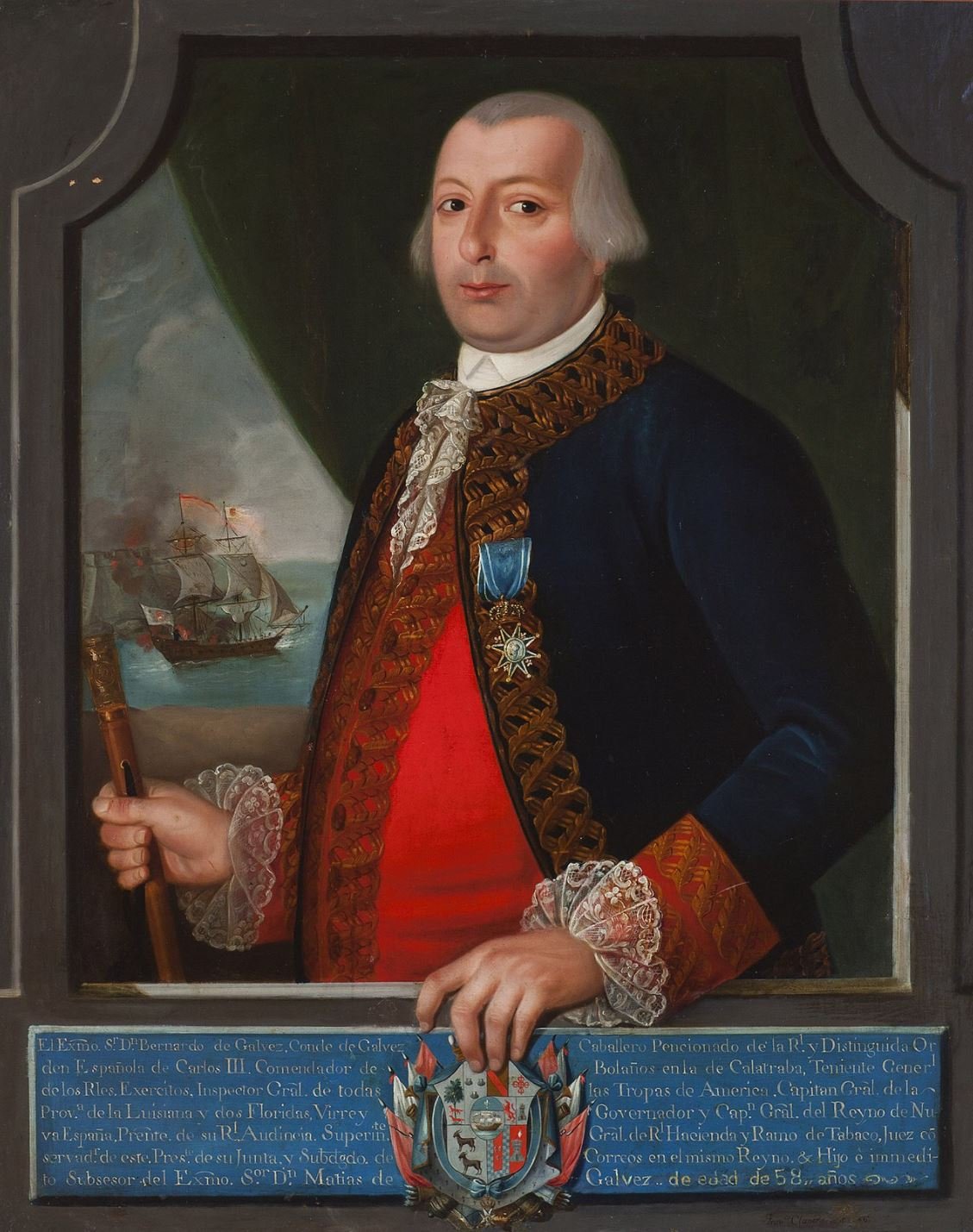
Bernardo De Galvez Y Madrid

Bernardo de Gálvez y Madrid
Bernardo de Gálvez y Madrid, 1st Viscount of Galveston, was a Spanish military officer and colonial administrator who played a significant role along the Gulf Coast of what is now the United States during the late 18th century. As Governor of Louisiana and Florida, Gálvez worked to improve the colonies and provide assistance to the Continental Army during the American Revolutionary War.
Upon his appointment as Governor in 1777, Gálvez set about modernizing and improving the colonies of Louisiana and Florida. He reformed the legal system, established a public education system, and improved the infrastructure of the colonies. He also worked to protect the rights of indigenous people and African Americans, advocating for their inclusion in the legal and political systems.
In addition to his efforts to improve the colonies, Gálvez played a crucial role in the American Revolutionary War. As Governor, he was able to use his position to provide the Continental Army with much-needed supplies and military aid. He organized several expeditions against British-controlled forts along the Gulf Coast, including the Siege of Pensacola and the Battle of Baton Rouge. These expeditions were instrumental in weakening the British presence in the southern colonies and helping the Continental Army gain the upper hand in the war.
Gálvez's efforts along the Gulf Coast were not limited to military action. He also worked to strengthen the economic ties between the colonies and the rest of the world, establishing trade routes and encouraging the development of industries such as agriculture and shipbuilding.
Overall, Bernardo de Gálvez y Madrid played a significant role in the development of the Gulf Coast region and the outcome of the American Revolutionary War. His military, administrative, and economic accomplishments have left a lasting impact on the history of the United States and have earned him a place in the pantheon of American heroes.
Gálvez y Galveston
Galveston, Texas is named after Gálvez, who was given the title "Viscount of Galveston" in recognition of his military and administrative accomplishments.
In 1779, Jose de Evia y Muñoz was sent to New Spain and is known for his work mapping the Gulf Coast and naming Galveston Bay “Bahia de Galveztown” in honor of Bernardo de Galvez. Evia's work in mapping the Gulf Coast was instrumental in the development of the region. His maps were used by Spanish authorities to establish trade routes and defend against foreign threats. They were also used by American colonists, who relied on them to navigate the Gulf Coast and establish settlements.
Evia's maps of the Gulf Coast, including those of Galveston, were some of the most accurate and detailed of the time. They were widely used and remained in use for many years after his death in 1821. Today, they are considered important historical documents and are still studied by historians and cartographers.
Gálvez's legacy can still be seen in Galveston today. The city's main thoroughfare, Galvez Street, is named in his honor, as is the Galvez Hotel, which was built in 1911 and is now a historic landmark. The Galvez Bar, located in the historic Strand District, is also named after Gálvez and features a mural of him on the wall. In addition, the Galvez Monument, which stands in Galveston's Rosenberg Park, honors Gálvez and his contributions to the city and the country.
Overall, Bernardo de Gálvez y Madrid has left a lasting impact on the city of Galveston and the United States as a whole. His military, administrative, and economic accomplishments have earned him a place in the pantheon of American heroes and have been recognized through the naming of the city and various landmarks in his honor.




